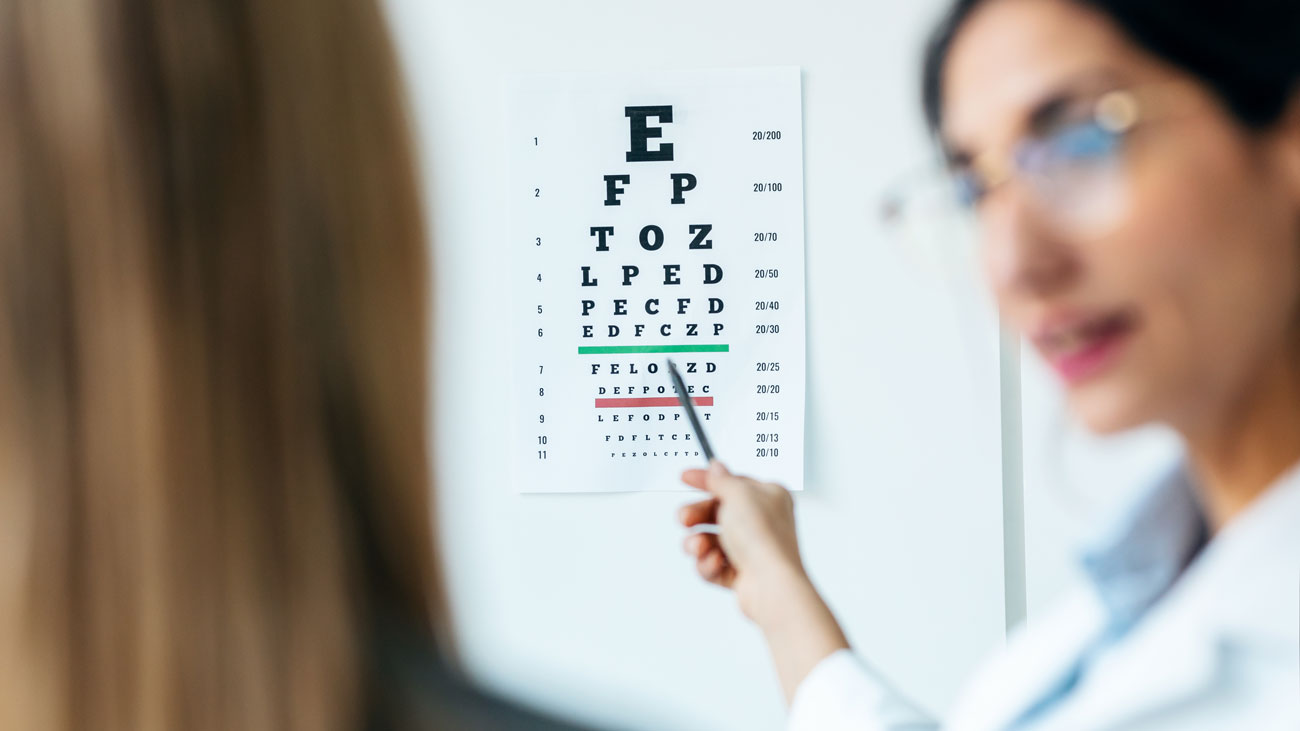
Briefing: Sitting at work: preventing musculoskeletal disorders
The period of lockdown and subsequent working from home may have led to much less exercise and more time sitting in front of a computer for many employees. Carrying out a desk-based role can involve long periods of sitting, resulting in various health issues. To reduce the risks, individuals need to adopt healthy working routines. This means a healthier lifestyle and healthier behaviour at work, together with organisations that promote and facilitate healthier working. Movement and exercise are an important part of tackling a sedentary lifestyle, and an important musculoskeletal disorder (MSD) prevention measure. Online encyclopaedia OSH Wiki has produced extensive guidance on adopting a more active approach to work. This briefing looks at the key points.
Importance of promoting moving and exercise at work
Promoting exercise is an MSD prevention measure as well as a health promotion exercise. Health risks associated with sedentary work cannot be fully compensated for by physical exercise in leisure time. Thereby, it is important to spread out exercise during the day, including exercise at work, rather than doing it all in one session. It is considered that a large percentage of workers do not exercise sufficiently during leisure time and work time. This has an adverse effect on workers’ health and can result in costs due to sick leave. While this may seem to be an individual matter, employers can inject more movement and exercise into the daily work routine as well as encourage exercise during free time.
Adults performing a full-time job spend on average about one-third of their waking hours at work, so the workplace is an important place for raising awareness about being active and mobile. There are various ways to promote exercise at work and there is growing evidence that workplace physical activity interventions can positively influence physical activity behaviour more generally.
The business case for promoting exercise at work
Investing in the health of workers can also bring business benefits such as reduced sickness absence, increased loyalty, improved work and better staff retention.
Companies can achieve substantial savings if they can reduce sick leave. Organisations with a focus on health also have workers who are up to 44% more satisfied and committed to their job, compared to companies that do not get involved. Beside this, studies show that workers in countries and sectors where more preventive measures are in place are less likely to report musculoskeletal complaints.
Promoting movement in the workplace
Some of the most successful examples of workplace physical activity interventions are those that allow movement and physical activity to become embedded in the company’s culture and daily practices.
There are various ways to promote movement and exercise during the day. The UK National Institute for Health and Care Excellence (NICE) has published an extensive guide to help employers prevent the diseases associated with a lack of physical activity.
The guidelines advocate a systematic approach, including the development of an organisation-wide plan or policy to encourage and support employees to be more physically active, which should:
- Include measures to maximise the opportunity for all employees to participate;
- Be based on consultation with staff and should ensure they are involved in planning and design, as well as monitoring activities, on an ongoing basis;
- Be supported by management and have dedicated resources;
- Set organisational goals and be linked to other relevant internal policies (for example, on alcohol, smoking, occupational health and safety, flexible working or travel); and
- Link to relevant national and local policies (for example, on health or transport).
The guide also provides advice for how others such as public health organisations and professionals, organisations concerned with increasing physical activity, trade unions and business associations can promote action.
Within or in addition to this comprehensive approach, there are small steps every employer could take to promote movement in the workplace.
Create an environment and culture that supports physical activity
- Show leadership and commitment.
- Design work, workstations and the workplace with motion in mind. The body is not designed for static postures over sustained periods of time.
- An easy way to add more movement to the day is to see whether sit-stand desks are an option at your workplace. (However, remind workers to alternate between standing and sitting throughout the day since standing too much can lead to lower back problems over time, and they still need to move as well.)
- Provide good seating that allows posture change.
- For secondary work, such as reading and writing, provide secondary work surfaces, so workers can perform these tasks while standing.
- Removing redundant shared resources (e.g. policy manuals, reference books, procurement catalogues, phone books) from individual workstations and locate them in common resource areas.
- Purchase cordless telephones so that employees can walk during phone calls.
- Introduce stretching into meetings and encourage workers to get up and move, stretch if needed during meetings. Build short breaks into long meetings, and shorten meetings.
- Encourage and support open conversations about health and early reporting of MSD symptoms and other health problems.
- Ensure workers know how to access occupational health services.
- Review individual needs and make reasonable adjustments and adaptations to workers’ work.
- Actively support workers’ physical health.
Motivate and encourage workers
- Encourage workers to take short breaks or micro breaks.
- Encourage workers to walk, cycle or use other modes of transport involving physical activity (to travel to and from work and as part of their working day).
- Help workers to be physically active by encouraging them to move around during the working day, using the stairs rather than the lift, allowing regular breaks and providing information about walking and cycling routes.
- Encourage senior staff and line managers to lead by example.
- Make workers aware of information, support and programmes that promote increased physical activity, healthier weight and healthy eating.
- Encourage active travel: There is some limited evidence that active travel interventions can have a positive effect on physical activity levels. Encourage workers to take an alternative, more active commute to work such as running, walking or cycling to work rather than taking the car, bus or train. Or even just getting of the bus or metro one stop earlier.
- Obtain the support of workers by engaging them from the beginning; appointing workplace champions who can help spread the word; reporting back regularly to workers.
Increasing walking, both within the office and through workplace challenges, is a realistic workplace activity as it is both low cost and low intensity.
Initiatives to encourage physical activity should be connected and integrated into a whole system approach to health and wellbeing at work, encompassing both physical and mental health.
Improving sitting and standing and making it dynamic
Promoting exercise and movement should be complementary to improving the ergonomic conditions of sitting and standing work, not an alternative. As well as providing ergonomic workstations, seating etc., more active or dynamic ways of working while sitting and standing are needed.
Read the full OSH Wiki guidance here.






